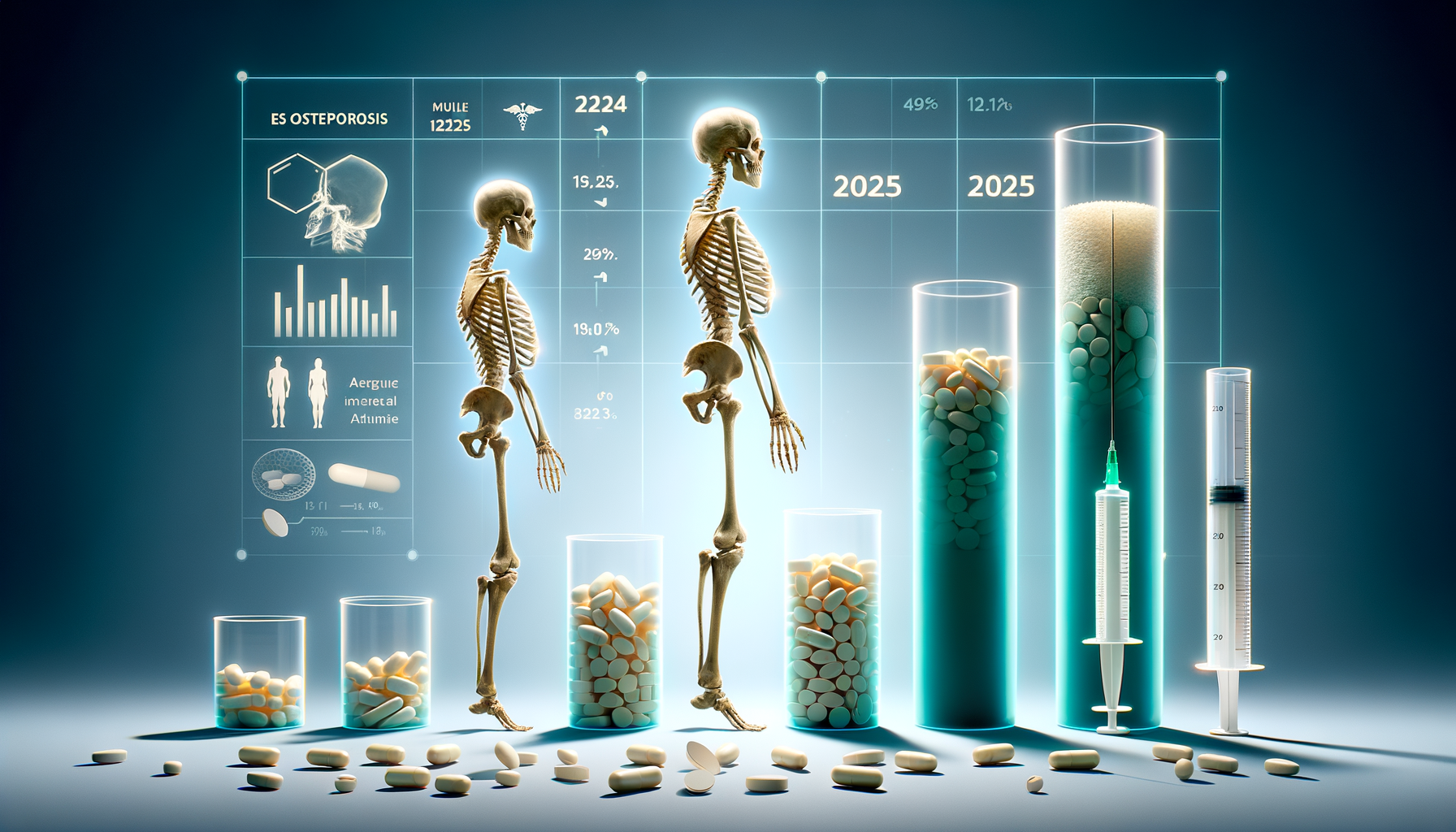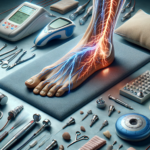Introduction to Osteoporosis
Osteoporosis is a condition characterized by weakened bones, increasing the risk of sudden and unexpected fractures. This condition is particularly common among the elderly, especially postmenopausal women, due to hormonal changes that affect bone density. Understanding osteoporosis is crucial as it affects millions worldwide, leading to significant health care costs and impacting the quality of life. As we approach 2025, advancements in treatment and prevention strategies are becoming increasingly important to manage and mitigate the effects of this condition.
Understanding the Causes and Risk Factors
The development of osteoporosis is influenced by a variety of factors. Age is a primary risk factor, as bone density naturally decreases over time. Women are more susceptible than men due to lower bone mass and the effects of menopause. Other risk factors include genetic predisposition, lifestyle choices such as poor diet and lack of exercise, and certain medical conditions and medications. A comprehensive understanding of these factors is essential for developing personalized prevention and treatment plans.
- Genetic predisposition
- Poor diet and lack of exercise
- Medical conditions and medications
Incorporating lifestyle changes, such as a balanced diet rich in calcium and vitamin D, along with regular weight-bearing exercises, can significantly reduce the risk of developing osteoporosis.
Current Treatments and Medications
Currently, several medications are available that help in managing osteoporosis. These include bisphosphonates, hormone-related therapies, and bone-building medications. Bisphosphonates are among the most commonly prescribed and are known for their ability to slow down bone loss. Hormone-related therapies, such as selective estrogen receptor modulators, help maintain bone density. Bone-building medications, like teriparatide, are used in more severe cases to stimulate bone growth.
While these treatments are effective, they are not without side effects, and their suitability varies from person to person. Hence, regular monitoring and consultations with healthcare providers are recommended to ensure the most effective treatment plan is in place.
Innovations and Future Directions
As we look towards 2025, advancements in osteoporosis treatment are promising. Researchers are exploring new medications that target bone metabolism more precisely, potentially reducing side effects and improving effectiveness. Additionally, genetic research is paving the way for personalized medicine approaches, which could tailor treatments based on an individual’s genetic makeup.
Another exciting development is the use of technology in monitoring bone health. Wearable devices and apps are being developed to track physical activity and dietary intake, providing real-time feedback and encouraging healthier lifestyle choices.
- Targeted bone metabolism medications
- Personalized medicine approaches
- Wearable devices for monitoring bone health
Conclusion: Empowering Individuals with Knowledge and Tools
In conclusion, osteoporosis is a significant health concern that requires a multifaceted approach for effective management. By 2025, we anticipate significant advancements in treatment options and preventive strategies, driven by ongoing research and technological innovations. Empowering individuals with knowledge and tools to manage their bone health can lead to better outcomes and improved quality of life. Engaging with healthcare providers, staying informed about new developments, and adopting a proactive approach to bone health are key steps in combating osteoporosis.








